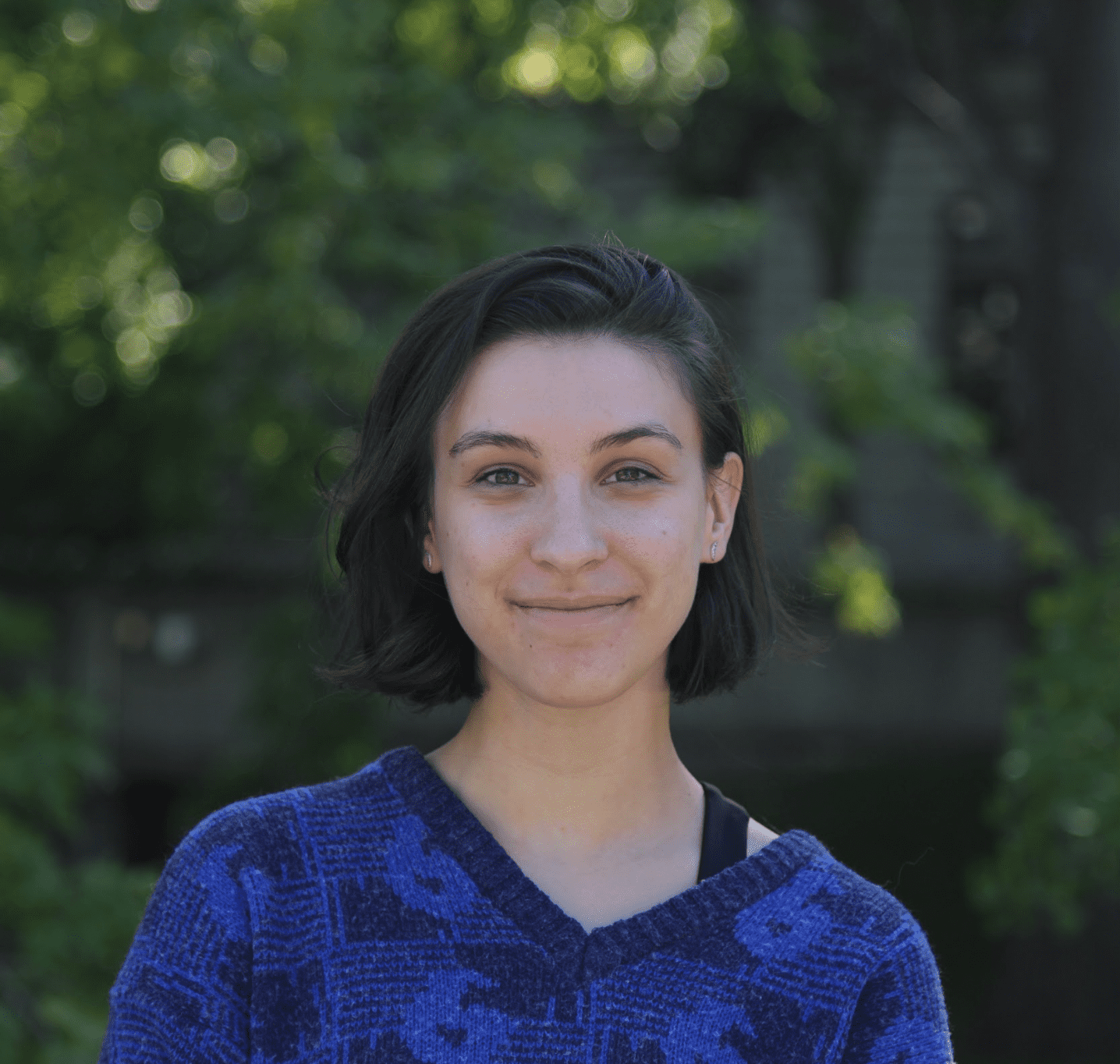With the winter months leaving me feeling cold and alone, I find myself looking to movies, TV shows, music, and books for company. As a queer woman, I find myself searching for media that reflects my identity—something much easier said than done. Scrolling through Netflix or perusing bookshelves reveals a disturbing lack of women-loving-women content. After an unsuccessful search, either because I’ve seen or read something before or I’m not in the mood for a predictable romance, I can’t help but wonder: Where is the queer representation?
Without in-depth, nuanced representation, queer women and their experiences are erased from public consciousness—invalidating their existences and inflicting emotional harm. Coming out and taking pride in your identity is hard enough, especially depending on where you live. Many queer people have been forced to leave home by unsupportive parents, while others quite literally risk their lives if they live openly in a country that criminalizes same-sex relationships. Having to constantly remind people that you are here, alive, and living your truth adds another layer of difficulty. Many are left wondering whether coming out is worth the risk at all.
For those of us free to be ourselves, a common challenge we face is erasure. The 2SLGBTQIA+ community is not unfamiliar with this practice of denying a part of or all of a person’s identity, whether it be (non-exhaustively) race, gender, sexuality, or ethnicity. Notably, Black, Indigenous, and other queer women of colour have to further contend with the erasure of their racial identities.
While queer stories have finally made it into the media, representation remains surface-level. In 2019, 92 per cent of the top 300 TV shows watched in the United States featured queer characters. But characters that are queer women of colour remain elusive or trivialized and relegated to the background. Though shows like The L Word: Generation Q and Euphoria have characters like Sophie Suarez, a Dominican LGBTQ character, and Rue Bennett, other big names in queer media like Portrait of a Lady on Fire, Call Me by Your Name, and Will & Grace exclusively feature white queer women and men.
When queer women are represented in popular culture, many creators do so in a harmful way. Some of Hollywood’s favourite tropes about queer women actually leave me feeling more alienated than connected to the community.
A few of the most common tropes include “bury your gays,” where queer women are killed instead of living a happy ending, as seen in Killing Eve and The 100; the “psycho lesbian,” where gay women are obsessive, sometimes delusional, most recognized in characters like Crazy Eyes from Orange is the New Black and more recently, Valentina in season two of The White Lotus; and “girl-on-girl is hot,” a trope that sees women together only through the male gaze and for the pleasure of men—think of any movie where a frat bro has asked women to make out (for his own pleasure of course) or if he could join in on the action.
These tropes are undeniably harmful to queer women. Not only do they demean queer characters, but they create stereotypes that reduce their experiences to be palatable for straight audiences. If they are viewed as “psychos,” desperate, entertainment for men, or simply not worthy of a happy ending—as the “bury your gays” trope makes painfully clear—queer women will continue to struggle to find art they can lose, and find themselves in.
Popular culture contributes to the erasure of queer women through the perpetuation of damaging tropes or their exclusion altogether. Hollywood producers, book publishers, and showrunners, among others, need to actively make space for non-straight, non-cisgender, non-white people and their stories in our collective consciousness. This recognition is long overdue and we must treat the stories of 2SLGBTQIA+ people of colour as the sites of resistance, joy, love, tragedy, and normalcy that they are. Their voices must be heard if we hope to make popular culture representative of the people it serves.








